This week’s theme is birds and trees. Our “Growing Minds Day by Day” educational resource lists are designed for families and educators.
Growing Minds Day by Day
Birds and Trees
We hope these resources will provide you with inspiration, or at least a starting point, as you navigate this new world of social distancing and home-schooling. If you don’t find what you’re looking for here, be sure to check out our Lesson Plans page.
 Books:
Books:
The Lorax
Our first book recommendation today is a children’s classic, The Lorax by Dr. Seuss. This beloved story teaches kids to speak up for those who can’t speak up for themselves. Readers of The Lorax will experience the beauty of the Truffula Trees and the danger of taking our environment for granted. Children will learn that they can make a difference by caring and taking action. Watch a read aloud on YouTube.
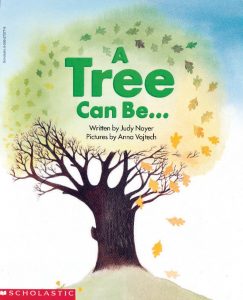
A Tree Can Be…
Our next recommendation is for little readers: A Tree Can Be… by Judy Nayer. In this simple story, children play around a tree, which is also home to birds and animals. The tree changes through the seasons. An illustrated diagram of an oak tree at the end of the story will teach children some of the different parts of a tree. Watch a read aloud on YouTube.
Five Little Robins
Finally, read the poem below with your children. Afterwards, encourage your children to write their own poem about birds (Bonus: this activity can earn them a square on our Bird and Tree Bingo card, which you’ll find below).
Five Little Robins
by Sarah Booth
Five little robins sitting in a nest,
The first one said, “I’ve had enough rest.”
The second one said, “Let’s fly from the tree.”
The third one said, “That sounds good to me!.”
The fourth one said, “I’m hungry for some lunch.”
The fifth one said, “I see worms we can munch!”
So the five little robins all left the nest,
To go and do what robins do best!
Find more books
Looking for more children’s books? Visit the Growing Minds’ farm to school literature database to browse our collection of recommended books. Type “birds” or “trees” into the search bar to find books that align with this week’s theme.
Recipe:
Homemade Bird Feeder

This week we’re sharing a recipe that’s for the birds! Kids can make their own homemade bird feeder, then watch to see who shows up to enjoy the feast.
You’ll need the following supplies:
- empty toilet paper or paper towel tubes
- peanut butter
- birdseed
- string
First, spread a thin layer of peanut butter all over your paper tube. Next, roll the tube in the birdseed to cover. Thread a string through the paper tube and tie the ends together, leaving enough string to make a loop to hang the feeder from. Hang your feeder outside on a tree branch and enjoy watching the birds visit the birdseed buffet!
 Educational Resources:
Educational Resources:
Trees and birds are some of the most visible and accessible inhabitants of the natural world. Even if you live in an urban area, there’s likely a tree growing nearby. Similarly, if you look out your window long enough, even a novice birdwatcher (or child!) is likely to spot some of the more recognizable birds, like pigeons, sparrows, blue jays, or cardinals. Because they’re all around us, birds and trees are a great entry point for encouraging children to explore nature, and by extension, to learn about the interdependence of plants and animals, ecosystems, environmental health, and more.
Trees play a vital role in natural ecosystems and in supporting the overall health of the planet. Trees produce oxygen, create shade and lower air temperatures in cities, control soil erosion, provide people with natural resources like lumber, paper, and fruit, and serve as habitats for birds, insects, and small mammals.
The more you and your children learn about trees and birds, the more you’ll appreciate them. We encourage you to explore some of the online identification tools and resources below with your children. Remember, learning to identify birds and trees takes practice!
Online Tree and Bird Identification Tools and Tips
- The Cornell Lab online birding guide with Instant ID help
- Audubon’s easy ways to get kids birding (includes instructions for making DIY cardboard binoculars)
- NC Tree Identification Tool from North Carolina Cooperative Extension
- Arbor Day What Tree Is That? online identification field guide
Lesson Plans
This week we’re recommending the following Growing Minds lesson plan:
- Root Exploration: this lesson will introduce children to roots and the ways they function. Talk with children about the 5 “Ws” (who, what, when, where, and why) and use them as a guide for creating a poem about birds, trees, or roots.
The National Environmental Education Foundation has also compiled a great list of lessons and educator resources to use when teaching about trees.
 Activities:
Activities:
Birds Build Nests
Provide your children with small blankets and pillows. Explain that during the springtime, many birds make nests and lay eggs. Invite your children to use the bedding materials to make their own nests to sit in. Sing the following song several times as they build their “homes.”
Birds Build Nests
(Tune: “Are You Sleeping?”)
In the springtime, in the springtime
Birds build nests, birds build nests.
With twigs or grass or feathers,
They weave their nests together.
Birds build nests, birds build nests.
Acorn Jewels
Make acorn cap jewels using washable markers and Elmer’s school glue. Take a walk to a neighborhood oak tree and collect fallen acorn caps. Color the inside of the acorn caps with different colored markers, then fill the caps with glue. To keep the caps upright while they’re drying, you can nestle them in a dish of dry beans or rice, or poke them into a flattened disc of play dough. The color will seep into the glue as it dries and hardens, creating beautiful acorn jewels that can be displayed in a dish or kept in a treasure box.
This Week in the Garden
Check out the Growing Minds This Week in the Garden (TWIG) newsletter for the fourth week in May for more garden activities, journal topics, and a seasonal strawberry soup recipe.
Tree and Bird Bingo:
Cap off your week of bird and tree exploration with our bingo game! A naturalist is a person who learns about the natural world around them. Anyone who studies or observes nature closely can become a naturalist. Kids can practice their naturalist skills by playing our bird and tree themed bingo card. Check five consecutive boxes in a row, column, or diagonal to win! Click here to download a printable bingo card.
Bingo Tips:
- Challenge another family or household to a bingo tournament! Take photos or videos to document each activity square that you complete, and share them with each other as you play.
- Use a field guide (or the online identification tools shared above) to help you identify the birds and trees in your neighborhood. National Geographic Kids also offers simple tips for learning to identify trees.
- Don’t harm trees by breaking their branches or pulling off their bark. Only collect twigs and bark that have already fallen on the ground.
- Poison ivy is a vine with clusters of three leaves. It can grow on the ground and up the trunks of trees. If you touch it, it can give you an itchy rash. It’s important to learn to identify poison ivy and leave it alone. Remember: Leaves of three, let it be.
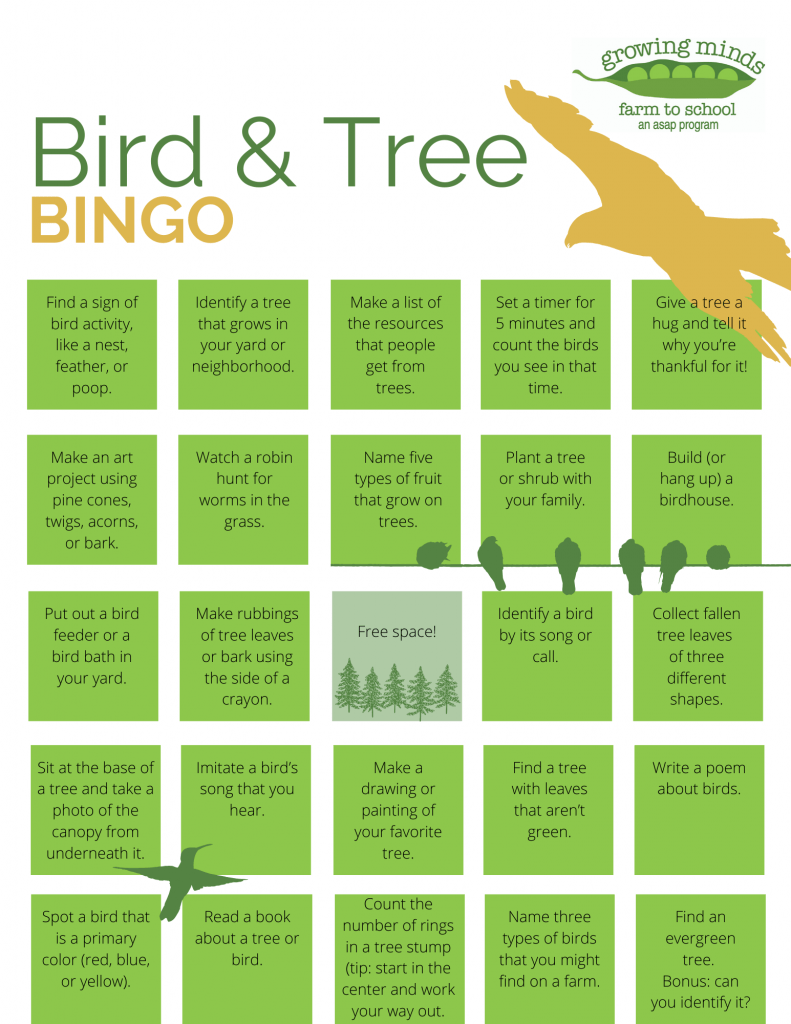
—
That’s it for this week. Next week’s Growing Minds Day by Day theme will be rocks! Be sure to check back next week for new resources. Click here to access Day by Day resources from past weeks.
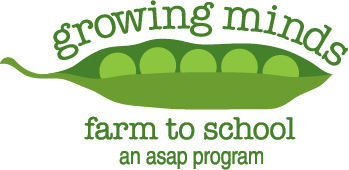
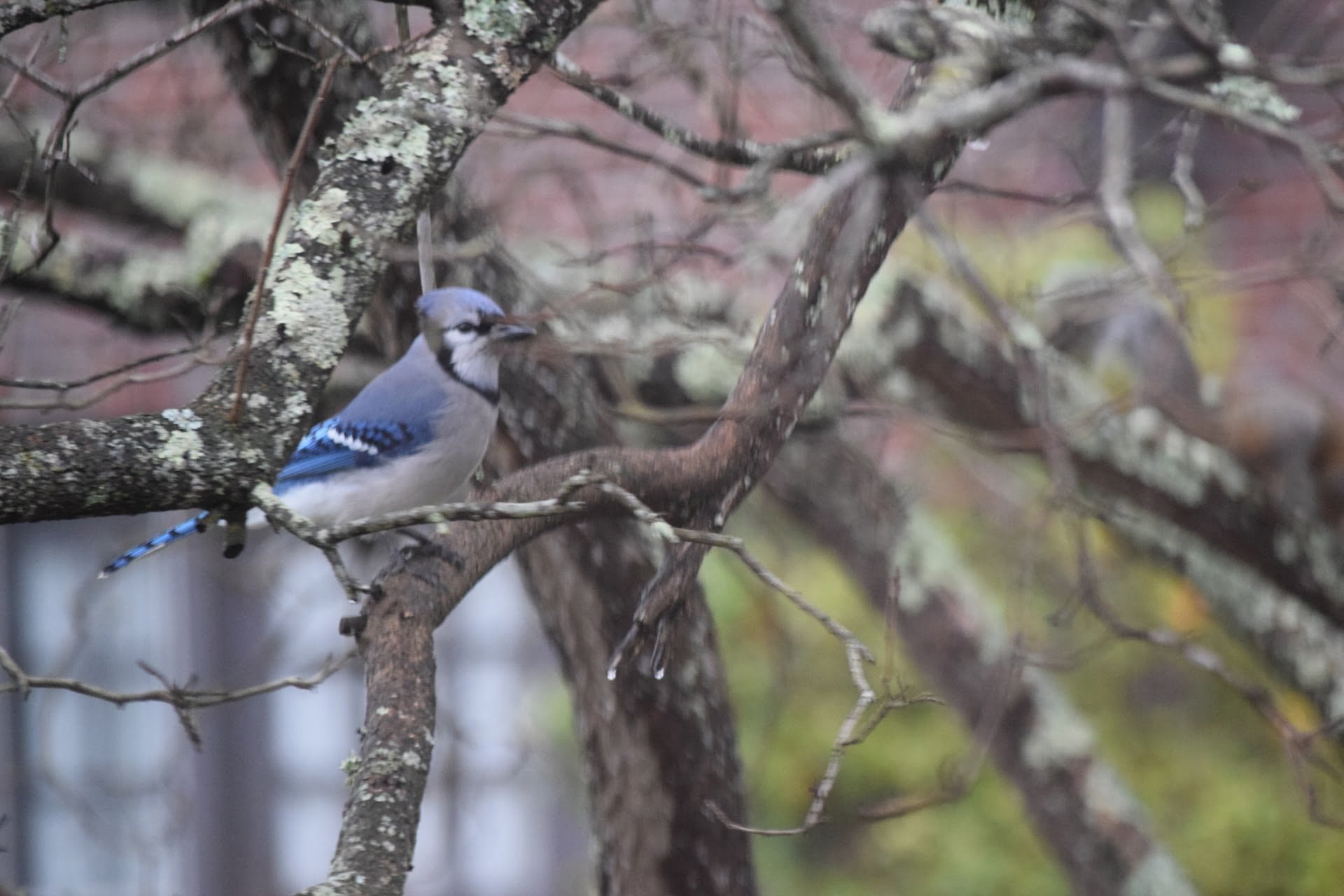
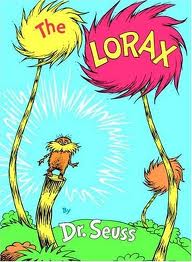 Books:
Books: Educational Resources:
Educational Resources: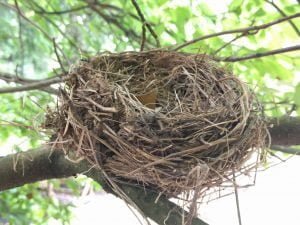 Activities:
Activities: